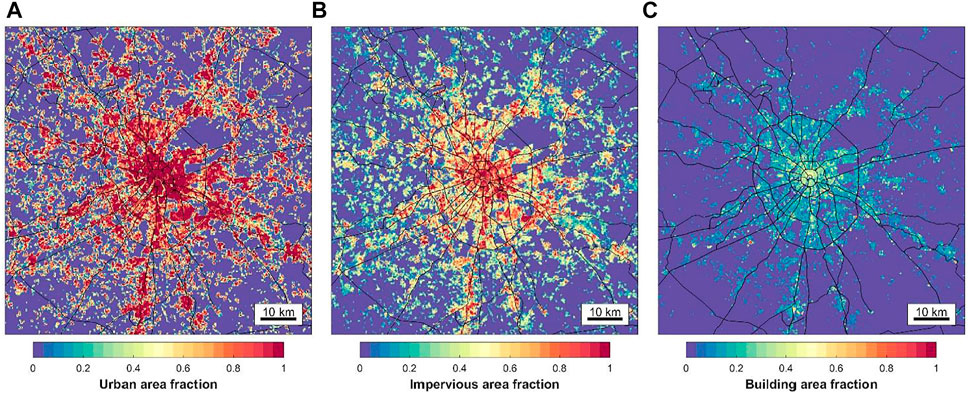SUN lab researcher Mikhail Varentsov in collaboration with Russian and German colleagues explained the patterns of temperature rise in megacities. Scientists from RUDN University, Moscow State University, Moscow Center for Fundamental and Applied Mathematics with colleagues from Ruhr University in Bochum (Germany), Freiburg University (Germany) and Berlin Technical University (Germany) found that not only the alternation of local climatic zones, as previously thought, but also the heterogeneity of the urban environment on a scale of several kilometres make a significant contribution to the formation of an urban heat island on the scale of the entire city. This can be compared to the synergy effect, when the result of the interaction of several factors is more powerful than the sum of the effects caused by the same factors separately.
The finding will help to more accurately predict climate changes in megacities and carry out correct urban planning. The study was supported by a Russian Science Foundation (RSF) grant; the results are published in paper “Quantifying Local and Mesoscale Drivers of the Urban Heat Island of Moscow with Reference and Crowdsourced Observations” the journal Frontiers in Environmental Science.
In megalopolises, an increase in air temperature by several degrees is observed in comparison with suburban areas. This phenomenon is called the urban heat island. At the same time, the urban environment is extremely heterogeneous: it includes multi-storey residential buildings, industrial zones, parks and many other objects. Therefore, when studying heat islands, scientists often compare the temperature difference between small homogeneous areas less than one kilometre long, called local climatic zones. This approach allows us to explain the main features of the urban climate. For example, it is warmer in the area of multi-storey buildings than in the “private sector” and parks. However, it does not give an idea of the urban heat island as an integral phenomenon that is created by the entire territory of the city and affects regional atmospheric circulation, cloudiness and precipitation.
The study was carried out on the example of the largest Russian metropolis – Moscow. More than 12 million people live here and there is a significant effect of the urban heat island: the average annual temperature is 2°C higher than the values typical for the Moscow region, and on some days the contrast reaches 10°C. To collect data, the scientists used records from state monitoring networks, as well as “public weather stations” of the Netatmo network. This made it possible to analyze the temperature of more than 1500 spots in Moscow and the surrounding area. Further, the temperature distribution was compared with the types of local climatic zones, including such classes as multi-storey and one-storey buildings, industrial facilities, forest park zones, and others. The heat island effect is most pronounced in areas of dense mid-rise buildings and multi-storey residential complexes. At the same time, the climate of territories similar in type of development differed depending on their environment and location within the city. For example, in a multi-storey building zone in the city centre it is warmer than in a similar building zone surrounded by green areas, as well as it is warmer than in the “private sector” on the outskirts. To determine the contribution of the heterogeneity of the urban environment at different scales to the formation of the heat island, scientists used detailed cartographic data on such parameters of the urban environment as the density of buildings and the sealed area, in other words, the degree of its asphalting. It turned out that the climate of a single point is determined by the properties of the urban environment in its vicinity not only on a local scale (within a radius of the first hundred meters), but also on a mesoscale (within a radius of up to 10 km). This is due to the fact that the thermal effects of small homogeneous areas accumulate and are carried by air currents over the city. As a result, a mesoscale heat island is formed, which is most pronounced in the central regions of Moscow, but due to atmospheric transfer, it can spread to the outskirts of the metropolis and even to the suburbs.
Our research has shown that along with the peculiarities of the development of individual quarters and micro-districts, it is necessary to take into account the heterogeneity of the territory on the scale of the entire city or its large districts. This makes it possible to better understand and predict the spatial picture of the heat island within weather forecasting, assessment of thermal comfort and urban planning. Our next step is to investigate how the rate and direction of atmospheric transfer affects the heat island, said Mikhail Varentsov, PhD in Geography, researcher at Smart Urban Nature lab at the Agrarian Technological Institute of RUDN University and researcher at the Research Computing Center of Moscow State University.

